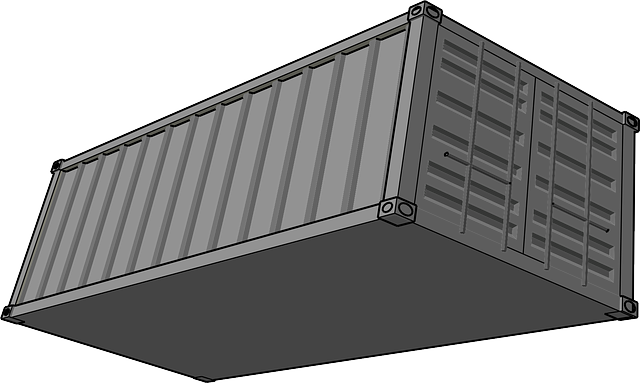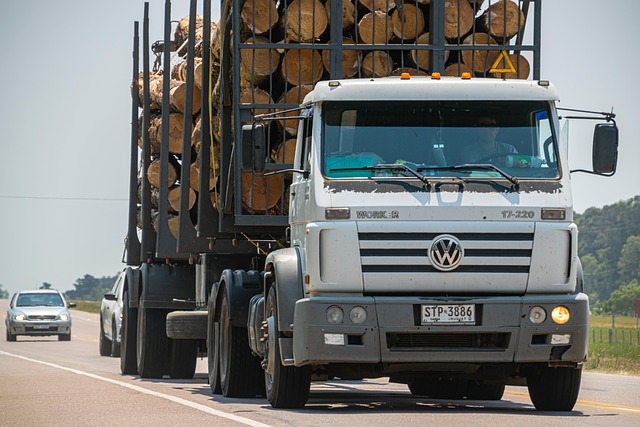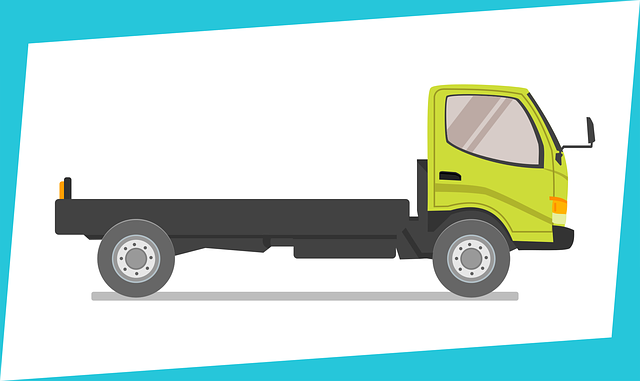Independent drivers using their personal vehicles for ride-sharing or work face significant risks due to gaps in standard auto insurance policies. These drivers need tailored solutions, focusing on physical damage policies that cover commercial use and potential vehicle damage. By obtaining a Commercial Auto Policy or adding a Business Use Endorsement, they can protect themselves from financial loss, legal complications, and unexpected road hazards, ensuring peace of mind during their journeys.
In today’s sharing economy, independent drivers face unique risks on the road. This article delves into the specific challenges they encounter, focusing on understanding and mitigating these hazards. We explore the crucial role of physical damage policies in safeguarding drivers and their vehicles from unforeseen incidents. By identifying common coverage gaps, we provide practical strategies to enhance safety and protection for independent drivers. Remember that being informed and prepared can make all the difference.
Understanding the Unique Risks of Independent Drivers

Independent drivers, often operating their vehicles for ride-sharing services or personal use, face a distinct set of risks on the road. Unlike traditional taxi drivers, they are typically self-employed and not covered by the same comprehensive insurance policies offered by transportation companies. This leaves them vulnerable to higher financial burdens in case of accidents, as their personal vehicle insurance policies might not include sufficient coverage for commercial use.
These unique circumstances create a significant challenge when it comes to managing physical damage risks. Independent drivers may find themselves responsible for paying for damages out of pocket, especially if they are at fault in an incident. As such, it’s crucial for these individuals to carefully review their insurance policies, considering options that offer adequate protection for their vehicles and passengers. Adequate coverage can ensure that financial strains don’t disrupt their livelihoods or leave them exposed to significant financial loss.
The Role of Physical Damage Policies in Risk Mitigation

Independent drivers, often navigating the road alone, face distinct risks that require tailored solutions for risk mitigation. One crucial component in managing these uncertainties is the implementation of robust physical damage policies. These policies serve as a safety net, providing financial protection against unforeseen events that could lead to significant vehicle damage. By insuring against physical damage, drivers can rest assured that they are not left vulnerable to bearing the brunt of costly repairs or replacement.
Physical damage policies play a pivotal role in offering peace of mind, especially for independent operators who may lack the resources or support systems available to traditional drivers. They ensure that should an accident or mishap occur—whether it’s due to human error, malicious acts, or environmental factors—the financial impact is mitigated. With comprehensive physical damage coverage, drivers can focus on their journeys without the constant worry of potential financial setbacks caused by unexpected road hazards.
Common Gaps in Coverage and How to Address Them

Many independent drivers, especially those using personal vehicles for work, often encounter gaps in their insurance coverage that can leave them vulnerable on the road. Standard auto policies typically exclude professional use, which means drivers may not be covered for accidents occurring while they’re driving for work-related purposes. This is a significant concern since commercial activities significantly increase risks, from dealing with heavy traffic to transporting goods or passengers.
To address these common gaps in coverage, independent drivers should consider obtaining a Commercial Auto Policy or adding a Business Use Endorsement to their personal policy. Physical damage policies that specifically include commercial use can provide liability protection for work-related incidents. This ensures drivers are compensated for any damages caused to other vehicles or properties during work activities, protecting them from potential financial burdens and legal issues.
Strategies for Drivers to Enhance Their Safety and Protection

To enhance their safety and protection, independent drivers can adopt several strategic practices. Firstly, they should ensure their vehicle is well-maintained to minimize mechanical failures that could lead to accidents. Regular check-ups with trusted mechanics can help identify potential issues before they become serious. Additionally, keeping a safe following distance from other vehicles reduces the impact of sudden stops, minimizing the risk of collisions and physical damage policies claims.
Second, drivers should be vigilant and stay focused on the road. Avoiding distractions like mobile phones and maintaining awareness of surroundings can prevent accidents caused by human error. Carrying comprehensive insurance tailored to their needs, including physical damage policies, provides financial protection against unexpected events such as collisions or natural disasters. This step ensures that independent drivers are not left vulnerable financially in case of an incident on the road.
Independent drivers face distinct risks on the road, from liability concerns to potential vehicle damage. Understanding these unique challenges is key to staying safe and protected. Physical damage policies play a crucial role in mitigating these risks by providing comprehensive coverage for accidents and incidents. By addressing common gaps in coverage and adopting safety strategies, independent drivers can enhance their overall security and peace of mind while navigating the highways.
